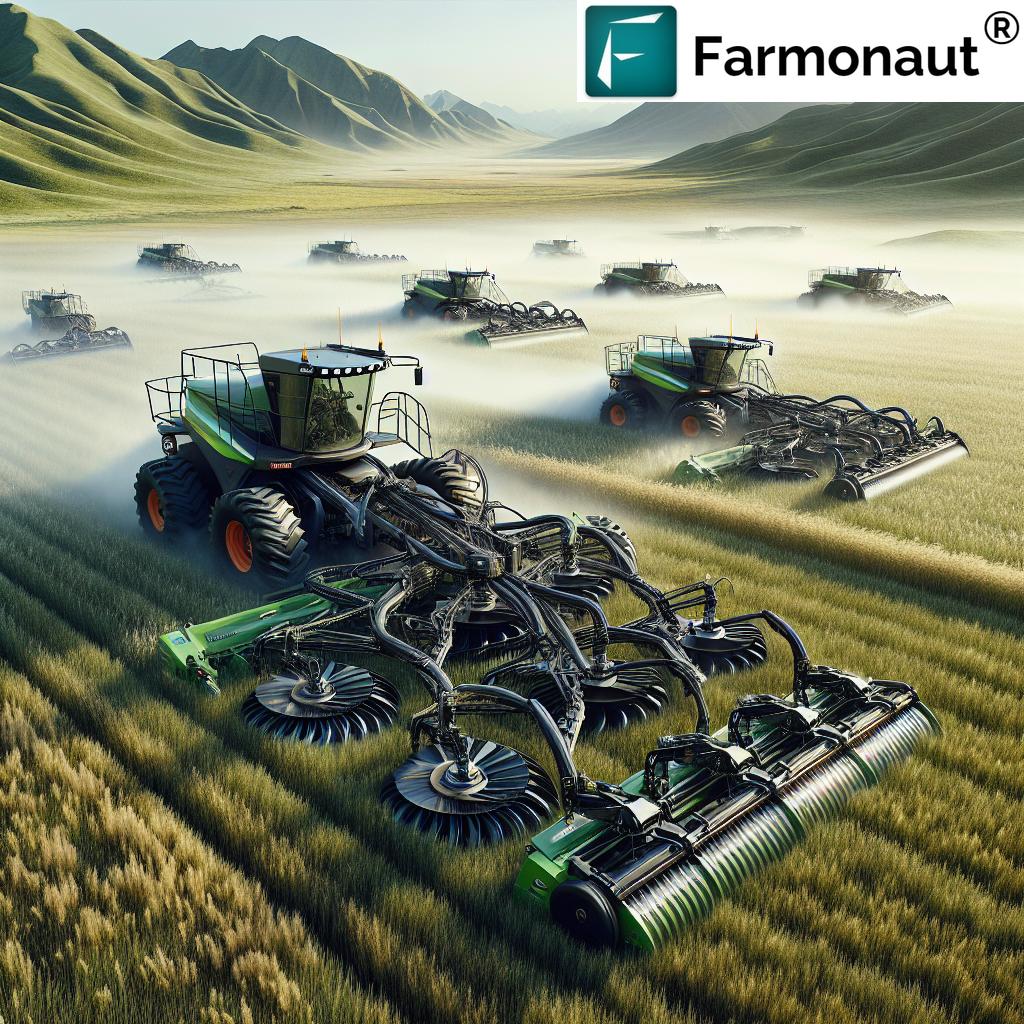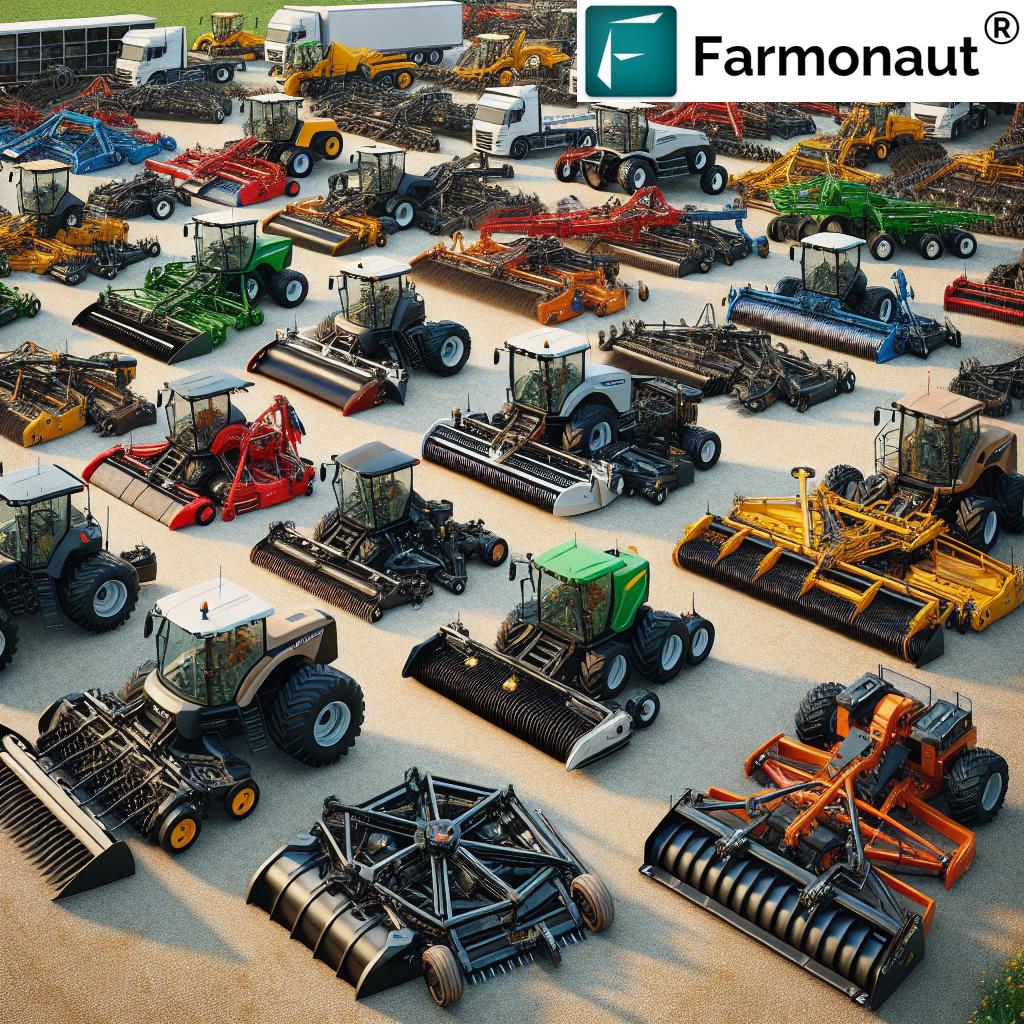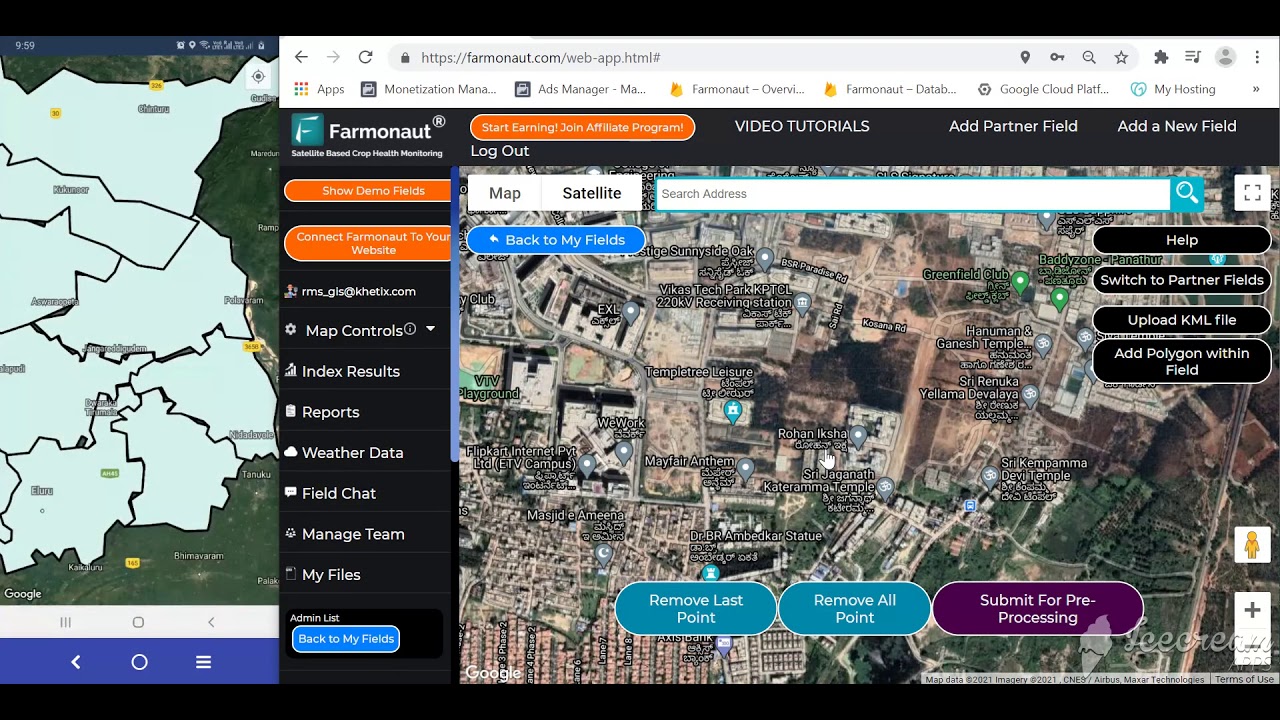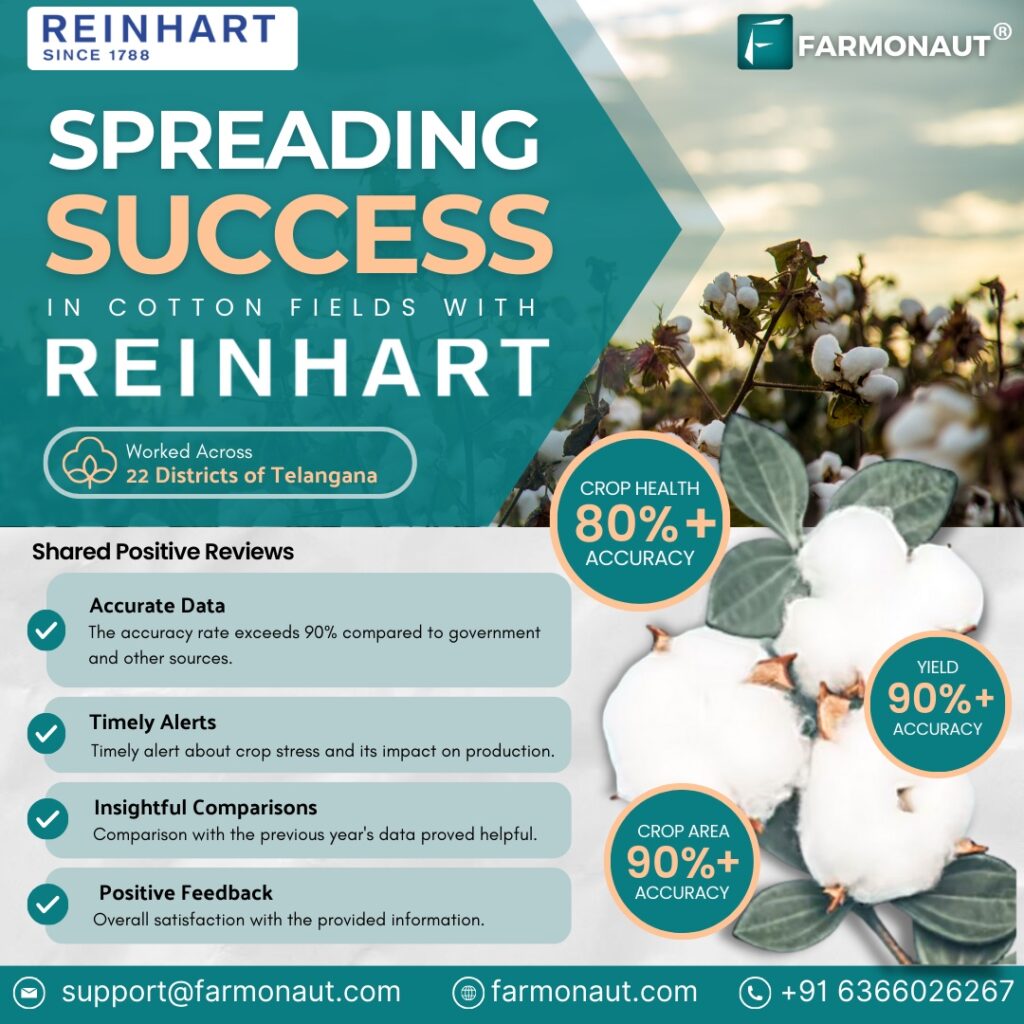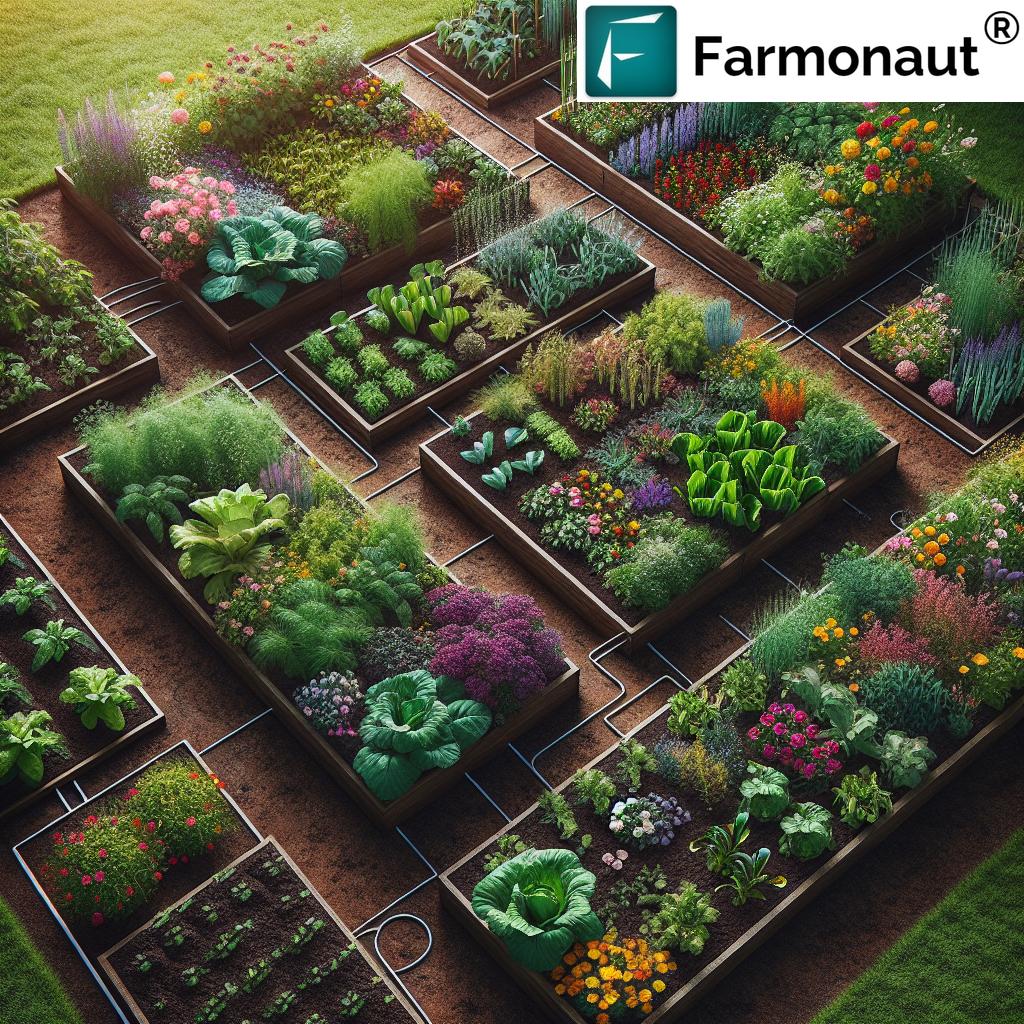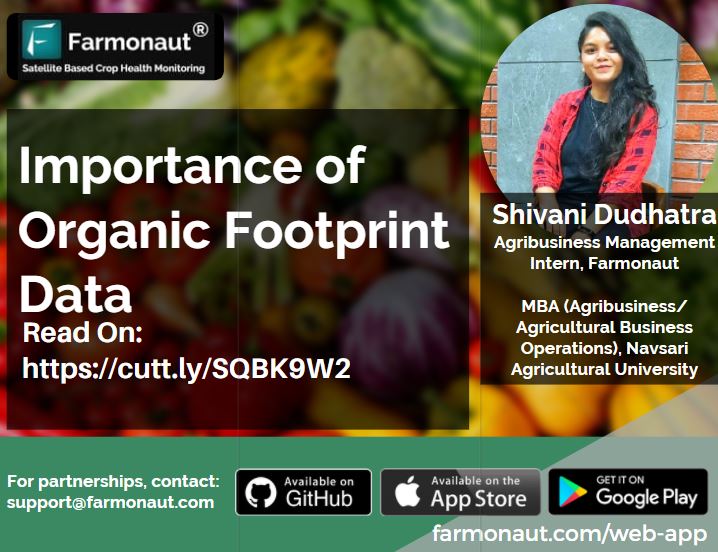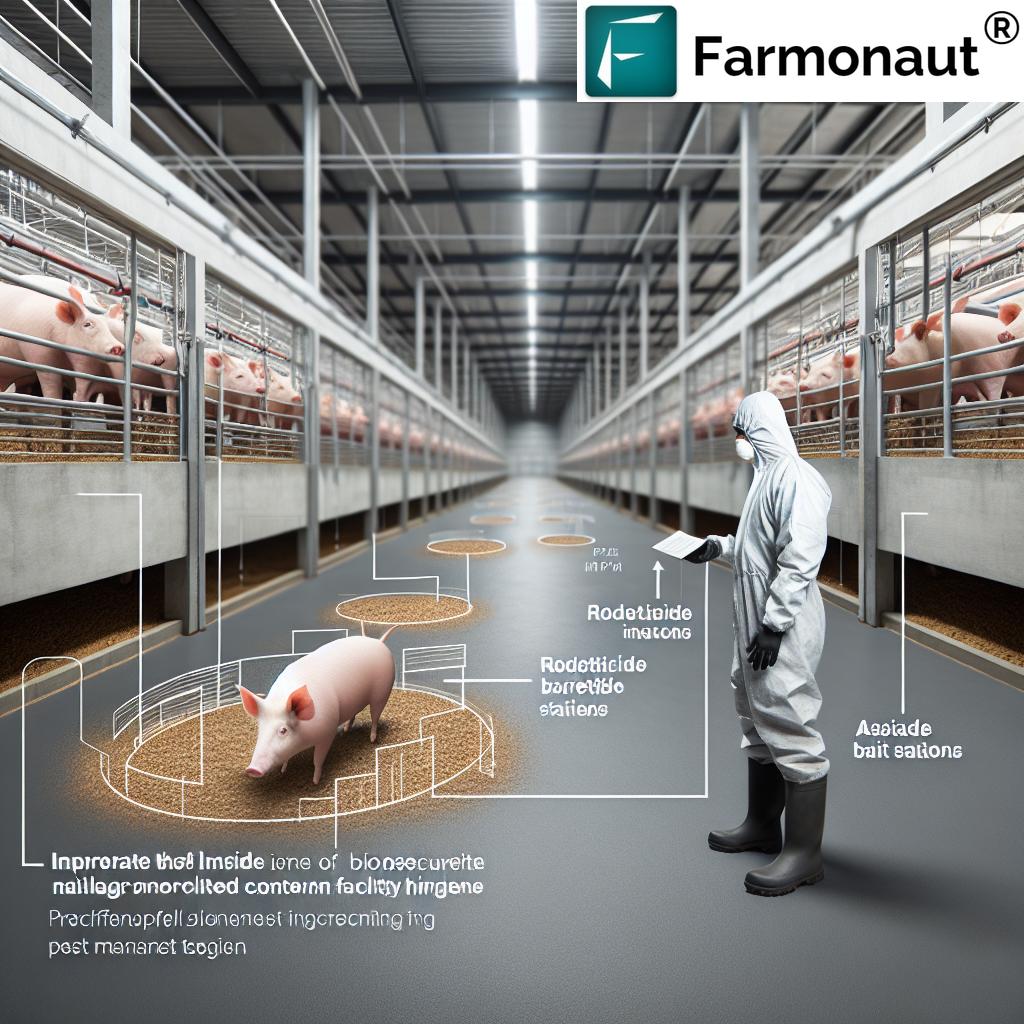Agricultural Mowers Market: 2024 Trends & Innovations
“Modern agricultural mowers can increase field productivity by up to 30% compared to traditional mowing methods in 2024.”
1. Overview: The Pivotal Role of Agricultural Mowers
The agricultural mowers market plays an essential role in shaping modern agriculture. Today, our farming landscape is experiencing extensive transformation, fueled by the adoption of advanced vegetation management solutions and mechanized equipment that boost productivity, efficiency, and sustainability.
From expansive farmlands in North America to rapidly modernizing operations across Asia-Pacific, the agricultural sector relies on a vibrant marketplace of mowers and supporting farming equipment for everything from grassland maintenance to heavy-duty brush clearing. This sector not only offers solutions for the diverse vegetation management needs but also drives innovation and addresses labor shortages through the application of cutting-edge technological advancements.
As we explore efficient mowing technology, it’s vital to understand how emerging machines and digital integration empower farmers worldwide, contributing towards sustainable goals, supporting the global food supply chain, and facilitating the evolution towards modern agriculture machinery.
2. Types of Agricultural Mowers & Their Applications
The agricultural mowers sector encompasses a diverse range of specialized machines tailored to different vegetation management tasks. Understanding the main types and their unique features helps us match the right equipment to each farming need—including brush clearing, grassland management, and field maintenance.
A. Flail Mowers
- Equipped with: Rotating horizontal drums and flails (blades or hammers)
- Primary Use: Adept at handling dense vegetation, including tall grass and brambles
- Advantage: Flails can safely deflect obstacles and debris, making them reliable in areas where foreign materials may be present
- Best for: Areas requiring robust, safe, and efficient mowing capabilities
- More Info: Wikipedia: Flail Mower
B. Brush Hogs (Rotary Mowers)
- Equipped with: Heavy, sometimes dull blades capable of tackling thick, overgrown vegetation
- Primary Use: Brush clearing and maintenance of overgrown or neglected fields
- Advantage: Effectively cut and manage tough brush, saplings, and roadside growth
- Best for: Clearing fields, managing roadside and pathways, taming wild vegetation
- More Info: Wikipedia: Brush Hog
C. Roller Mowers
- Equipped with: Multiple rotary blades mounted to a frame, supported by front and rear rollers
- Primary Use: Providing a clean, uniform cut—most commonly on sports fields, parks, and golf courses
- Advantage: Known for delivering a visually appealing finish and minimal surface disturbance
- Best for: Grassland maintenance, ornamental lawns, recreation spaces needing precision and uniformity
- More Info: Wikipedia: Roller Mower
D. Zero-Turn Mowers
- Equipped with: A turning radius of effectively zero for exceptional maneuverability
- Primary Use: Mowing areas with obstacles, complex terrains, and where precision is key
- Advantage: Highly efficient in intricate environments; reduces mowing time and improves finish quality
- Best for: Large commercial areas, parks, orchards, and places requiring frequent direction changes
- More Info: Wikipedia: Zero-Turn Mower
Selecting the appropriate agricultural mower—from flail mowers for dense bramble areas, to roller mowers for clean, uniform turf management—is crucial for maximizing field efficiency and supporting sustainable farming practices.
“Over 60% of new agricultural mowers in 2024 feature advanced sustainability technologies for efficient vegetation management.”
3. Market Dynamics & Growth Drivers in the Agricultural Mowers Sector
The agricultural mowers market is highly influenced by a combination of technological advancements, economic drivers, and evolving industry practices.
A. Technological Advancements and Automation
- Ongoing innovation is bringing automation, GPS integration, and electric engines into the mainstream of modern agriculture machinery.
- Automated and sensor-based mowers cater to the rising demand for precision agriculture equipment, improved performance, and enhanced productivity.
B. Labor Shortages Driving Mechanization
- Regions like North America and Europe face labor shortages in agriculture, accelerating the shift towards mechanized farming solutions.
- Automated and advanced mowers mitigate workforce constraints and increase operational flexibility.
- Governments in these regions often support adoption of efficient mowing technology through policy initiatives.
C. Environmental Sustainability & Low Emission Equipment
- Sustainability is a major focus, with increasing emphasis on eco-friendly, electric, or hybrid-powered mowers.
- Low-emission engines help reduce agriculture’s carbon footprint and align with global climate targets.
- Adoption of sustainable farming practices is now a competitive advantage in many markets.
D. Government Policies and Global Demand
- Supportive government initiatives in countries such as India, China, and Brazil are accelerating the mechanization of agriculture.
- There’s a growing demand for efficient mowing technology as compliance with environmental regulations becomes ever more critical.
For the latest in real-time crop monitoring innovations and how satellite technology enhances sustainability, try Farmonaut’s carbon footprinting monitoring. It helps track emissions and compliance—critical for sustainable crop management and environmental reporting.
4. Regional Insights in the Agricultural Mowers Market
North America: The Hub of Advanced Mechanization
- USA and Canada dominate in terms of both market share and adoption of automated mowing technology.
- Features: Focused on precision, sustainability, and operational efficiency.
- Government: Incentivizes innovation (report).
Europe: Championing Sustainability and Innovation
- Countries: Germany, France, UK, and others, with emphasis on eco-friendly, low emissions, and organic farming (reference).
- Market Growth: Driven by strict environmental regulations and shifting consumer preferences.
- Integration: Technological maturity and early adoption of IoT-enabled and electric mowers.
Asia-Pacific: Rapid Modernization and Mechanization
- Countries: China, India, Japan, and southeast Asian regions are experiencing rapid growth and mechanization.
- Drivers: Government initiatives for farm modernization, increasing labor shortages, and the need to maximize field productivity.
- Significant Opportunities: With rising demand for modern agricultural equipment, Asia-Pacific is a key investment region.
Latin America & Africa: Emerging Markets
- Latin America is expected to see strong growth as mechanization initiatives gain ground in Brazil, Argentina, and surrounding markets.
- Africa presents opportunities for tailored brush clearing equipment to improve agricultural productivity.
For businesses in these regions looking to manage fleets and track equipment, Farmonaut provides fleet and resource management solutions, improving the efficiency and safety of agricultural machinery deployment.
5. Competitive Landscape & Major Market Players in Agricultural Mowers
As innovation accelerates and demand rises, several multinational corporations are strategically investing in advanced mower features and expanding their product range to address evolving customer needs. Let’s highlight a few key players:
- John Deere: A leader in farming equipment, John Deere provides an extensive array of mowers and precision agriculture equipment that focus on automation and sustainability.
- AGCO Corporation: Known for a comprehensive line of machines, including high-performance mowers and brush clearing equipment designed for large-scale operations.
- Kubota Corporation: Offers reliable, electric, and easy-to-maintain mowers for a broad scope of operational needs, from small farms to commercial agriculture.
- Claas KGaA mbH: Specializes in forage harvesting equipment and highly innovative mowers, frequently leading in performance and technology adoption.
In this highly competitive market, we see growing investments in R&D, digital integration, and the rollout of features like self-driving capabilities, safety sensors, and IoT platforms.
6. Key Innovations & Trends in Efficient Mowing Technology
Technological breakthroughs continue reshaping the agricultural mowers market. Let’s examine the most impactful innovations that are setting new benchmarks for productivity, efficiency, and sustainability in vegetation management solutions.
- Self-Driving and GPS-Enabled Mowers: High-precision navigation and auto-steer minimize overlap while reducing the need for skilled labor. Sensors optimize movement and ensure safe operation in complex environments.
- Electric & Hybrid Powertrains: Electric mowers and battery-powered solutions help cut emissions and operational noise, ideal for sustainable and regulatory-sensitive markets.
- Smart Sensors and IoT Integration: Sensors monitor blade performance, detect obstructions, and transmit real-time data—prolonging equipment life and optimizing maintenance schedules.
- Automated Safety Mechanisms: Automated emergency stops, occupant/obstacle sensors, and intelligent shutdown systems protect operators and bystanders.
- Precision Cutting Systems: Adjustable blade speeds, computer-controlled cutting height, and real-time monitoring deliver higher quality results and resource efficiency.
- Blockchain Traceability: Advanced supply chain tracking for machine components and maintenance history adds a transparency layer, strengthening aftermarket support.
- Low-Emission Engines: Compliance-driven powertrains are particularly important in Europe and North America.
- Data-Driven Fleet Management: Fleet tracking and telemetry improve deployment efficiency and maintenance planning.
- Sustainability Tracking: Equipment that supports carbon tracking, such as Farmonaut’s carbon footprinting, helps prove compliance and environmental stewardship.
To keep up with the latest advancements in large-scale monitoring and sustainability, Farmonaut users can leverage the Agro Admin App for managing extensive plantations, resource allocation, and equipment tracking—enabling modern, data-driven farming operations.
7. Comparative Innovations & Market Impact Table
| Innovation / Feature | Estimated Year of Introduction | Estimated Market Adoption (2024, %) | Impact on Productivity (Estimated % Increase) | Sustainability Benefit (Qualitative/Quantitative) |
|---|---|---|---|---|
| Self-Driving / GPS-Enabled Mowers | 2018-2020 | 32% | 18-28% | Reduces fuel and overlap, saves time, lowers operator fatigue |
| Electric / Hybrid Powertrains | 2019–2022 | 17% | 10-20% | Cuts emissions by 40–70%, enables quiet operation |
| IoT-Integrated Performance Monitoring | 2021 | 23% | 12–20% | Proactive maintenance, reduces downtime and fuel usage |
| Low-Emission Engines | 2020–2023 | 29% | 9–15% | Up to 65% lower particulate emissions, meets global regulations |
| Precision Cutting Systems & Smart Sensors | 2019–2021 | 16% | 10–17% | Reduces resource use, improves grass recovery, supports sustainability |
| Blockchain Traceability for Equipment | 2023 | 4% | 2–5% | Strengthens resale value, supports responsible sourcing |
| Automated Safety Mechanisms | 2020 | 35% | 8–12% | Fewer accidents, improved operational continuity |
| Data-Driven Fleet & Resource Management | 2021 | 14% | 12–17% | Asset optimization, lower maintenance costs, efficient logistics |
8. Farmonaut: Empowering Precision Agriculture & Sustainability
While agricultural mowers are transforming the physical landscape, digital technologies revolutionize how we monitor, manage, and optimize these assets. Farmonaut brings together satellite imagery, AI-driven analytics, and blockchain to equip farmers, agribusinesses, and government agencies with affordable, scalable, and data-driven solutions for modern farming.
Farmonaut’s precision agriculture platform includes:
- Satellite-Based Crop Health Monitoring: Multispectral satellite data helps identify vegetation health differences (such as NDVI), monitor soil moisture, and optimize resource use across expansive fields.
- Jeevn AI Advisory System: Provides personalized crop advisory, real-time weather, and decision support, leveraging AI and field-specific data for enhanced productivity.
- Blockchain Traceability: Secure, transparent tracking of farm-origin products—critical for traceable food supply chains. Explore more: Farmonaut Product Traceability.
- Fleet & Resource Management: Efficiently deploy, monitor, and maintain agricultural machinery, ensuring that mowers and other assets are used optimally. For complete solutions, visit Farmonaut Fleet Management.
- Carbon Footprinting: Real-time carbon tracking enables compliance with sustainability standards—perfect for farmers and businesses looking to improve their environmental impact (track your carbon footprint).
We ensure our platform is accessible everywhere: available as Android/iOS apps, a web portal, and through API for custom integrations. Developers and agritech businesses can leverage our data directly via our powerful
Farmonaut Satellite & Weather API and explore integration details in our API Developer Documentation.
Farmonaut also extends modern monitoring benefits to large operations:
- Large Scale Farm Management App: Streamlines planning, assigns tasks to workers, tracks asset movement, and improves overall operational oversight—transforming the efficiency of mega farms and corporate plantations.
- Crop Loan & Insurance Verification Service: Reduces fraud and enhances financing access with satellite-aided verification for financial institutions and cooperatives serving the rural sector.
9. Investment Opportunities in the Agricultural Mowers Sector
The pace of innovation in farming equipment presents significant investment opportunities. As the global agricultural mowers market expands, the following areas are ripe for growth:
- Product Development: R&D investments into electric, hybrid, and IoT-enabled mowers meet the industry’s shift towards sustainability and digital integration.
- Emerging Markets: Expansion into Asia-Pacific and Latin America enables companies to tap into fast-growing demand for mechanized farming solutions (see market reports).
- Technology Integration: Investment in IoT, automation, and smart sensors presents both a competitive edge and improved customer service.
- Environmental Solutions: Companies that innovate in low-emission, resource-efficient, and sustainability-tracking technology can benefit from new market opportunities as global regulatory pressure increases.
For agricultural enterprises seeking to scale quickly, Farmonaut’s satellite-driven crop plantation and forest advisory unlocks real-time insights, helping teams operate more efficiently, make better decisions, and maximize yield potential—without large upfront investments in hardware.
10. Conclusion: The Future of Vegetation Management Solutions
In 2024, the agricultural mowers market is driving substantial progress in modern farming. As we embrace efficient mowing technology—powered by digitalization, automation, and real-time data—our approach to vegetation management becomes smarter, more sustainable, and more productive. The sector’s diverse range of machines and digital services ensures farmers and agribusinesses can respond nimbly to evolving market pressures, regulatory requirements, and the drive for global food security.
At Farmonaut, our mission is to democratize precision agriculture for everyone, everywhere. By integrating advanced technologies—satellite monitoring, AI advisory, and blockchain traceability—we empower farms of all sizes to realize higher productivity, better resource management, and real, measurable sustainability gains.
For those ready to adopt the next wave of modern agriculture machinery and competitive vegetation management solutions, the time to explore, invest, and innovate is now.
11. FAQ: Agricultural Mowers & Vegetation Management Solutions
- Q1: What are the main benefits of using advanced agricultural mowers?
- Advanced agricultural mowers improve field productivity, reduce manual labor requirements, and support sustainable farming practices. With features such as automation, electric power, and smart sensors, they help optimize resource use and lower environmental impact.
- Q2: What is the difference between a flail mower and a brush hog?
- Flail mowers use rotating drums with flails (blades or hammers) to safely handle dense, debris-filled, or overgrown areas. In contrast, brush hogs (rotary mowers) use heavy, swinging blades to clear thick brush and overgrown fields but may not deflect obstacles as safely as flail mowers.
- Q3: How do automated and sensor-enabled mowers enhance efficiency?
- These machines use GPS and sensor technology to minimize overlap, reduce operator error, schedule proactive maintenance, and provide real-time field data. This leads to more precise cuts, reduced resource wastage, and greater consistency in field management.
- Q4: Why is sustainability important in the agricultural mowers market?
- Reducing emissions, optimizing resource use, and complying with environmental standards are critical for sustainable farming. Manufacturers now prioritize electric, low-emission models and traceability features to align with global sustainability benchmarks.
- Q5: How can I leverage Farmonaut’s services for my farm’s productivity?
- Farmonaut’s satellite-based crop health monitoring, AI farm advisory, and fleet management tools provide actionable insight and oversight for individual farmers, agribusinesses, and government projects. You can access these services via web, app, or Farmonaut API for tailored integration.
- Q6: What are the investment prospects in efficient mowing technology?
- Strong opportunities exist in developing electric/hybrid mowers, IoT-based management systems, and expanding into mechanization-hungry regions like Asia-Pacific and Latin America. Sustainability-focused solutions with digital integration draw increasing interest.






